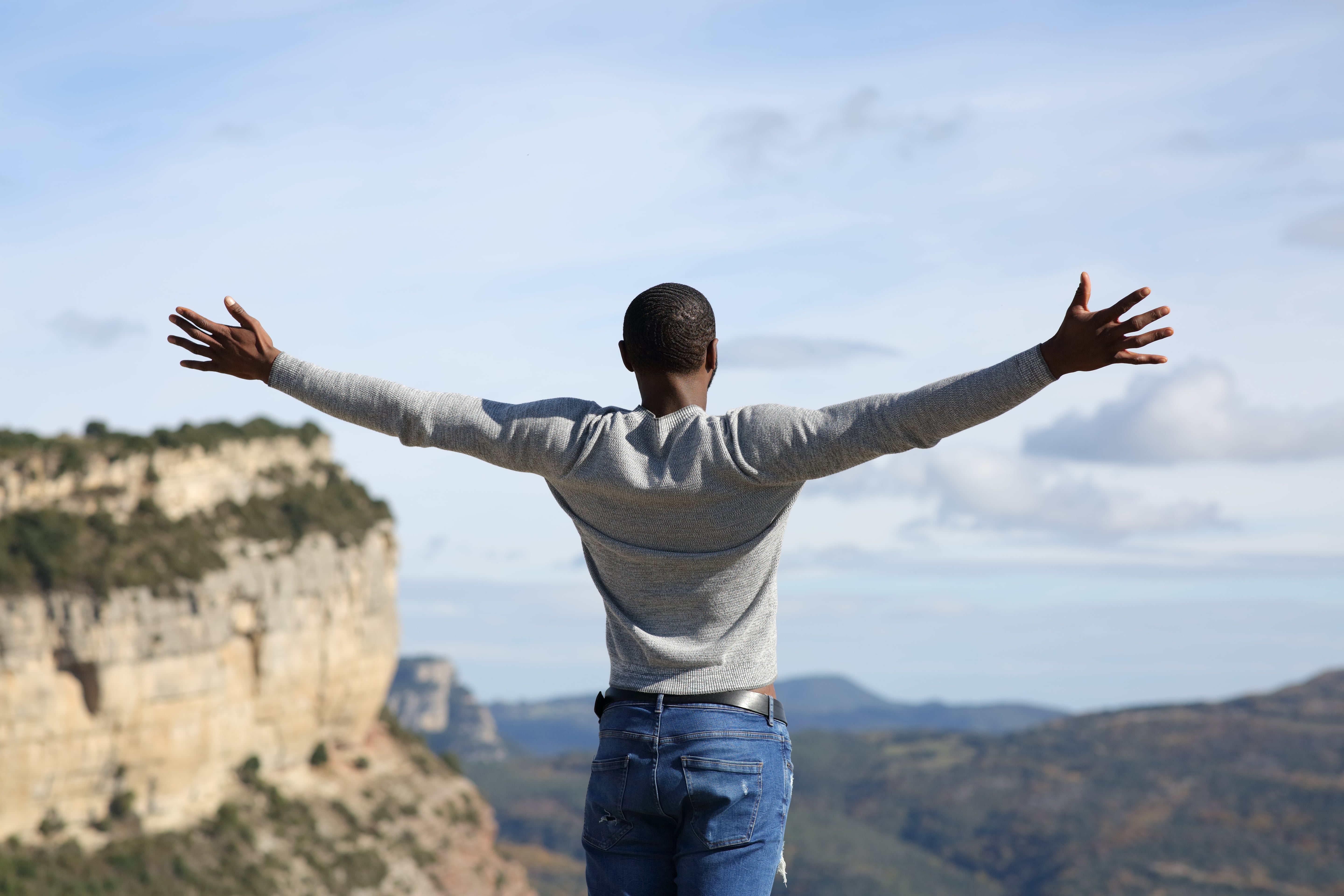According to a research study by Morgan, Farkas, Hillemeier, and Maczuga, students from ethnic minorities are less likely to be identified for special education than their white counterparts, taking family income and achievement into account. If anything, it is a double standard at play, where what is good for the goose is not good for the gander.
Minority races do not get equal access to capital as individuals and business owners, further widening the wealth gap. Predominantly black neighbourhoods, for instance, don’t get the same level of financial services as communities with no black or minority races. It is arguable that blacks still face financial discrimination related to accessing financial services and their associated fees and charges.
The result of a survey conducted by the United States Federal Deposit Insurance Corporation (FDIC) in 2019 showed that 13.8% of black households in America do not have bank accounts, which was high compared to that of the overall population, 5.4%. Also, in 2019, only 52.5% of black households used bank credit, while 72.5% of all US households did.
In an NBC News article, the vice president of housing policy and special projects at the National Fair Housing Alliance, Debby Goldberg, said, “We have a housing market with different components, including rentals and purchases and financing and insurance, that is really built on a structure that was explicitly racist.”
The National Fair Housing Alliance is a consortium of nonprofit anti-housing discrimination organisations. Goldberg was referencing the structure that the housing market was built upon.
The US federal government’s plan to reduce the racial wealth gap by supporting black-owned banks didn’t go well. As of 2020, there were 18 black-owned banks, from 36 in the early 1990s. An analysis of nine cities with predominantly black populations by the Wall Street Journal revealed that borrowers in black neighbourhoods are less likely to get approval for their home loans than borrowers in other neighbourhoods.
As of 2016, and according to the Survey of Consumer Finances by the Federal Reserve Board, a much higher percentage of black households owed education loans than white households. The median income of black workers is also relatively lower than those of their white colleagues.
When white businessmen go bankrupt, irrespective of the court trial on civil or criminal standings, they are likely to have a relationship with banks and other financial institutions afterwards. However, this is not the case with black businessmen.
Racial discrimination in access to services has only pointed out that minority races are continually faced with challenges in getting equal opportunities.
Double standards for racial minorities are not peculiar to America alone; it’s a global phenomenon. Minority races go through double-checks by institutions, including government agencies and security outfits. Someone from a minority race is more likely to be harassed at an airport by security personnel than a white person.
The Food and Agriculture Organization of the United Nations estimated that Africa has 60% of the world’s unexploited arable land. This potentially positions the continent as an important part of addressing the global hunger problem. Though Africa doesn’t project itself as a force in the food security fight, global institutions and superpowers don’t see how Africa must be a part of solving the global food crisis.
Media Contact
Contact Person: Dozy Mmobuosi
Email: Send Email
Country: United Kingdom
Website: www.dozymmobuosi.com

